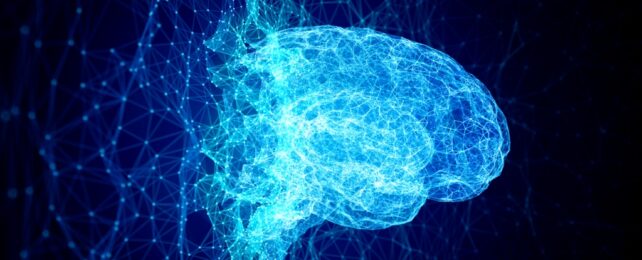Our brains are remarkably energy efficient.
Using just 20 watts of power, the human brain is capable of processing the equivalent of an exaflop — or a billion-billion mathematical operations per second.
Now, researchers in Australia are building what will be the world's first supercomputer that can simulate networks at this scale.
The supercomputer, known as DeepSouth, is being developed by Western Sydney University.
When it goes online next year, it will be capable of 228 trillion synaptic operations per second, which rivals the estimated rate of operations in the human brain.
The hope is to better understand how brains can use such little power to process huge amounts of information.
If researchers can work this out, they could someday create a cyborg brain vastly more powerful than our own. The work could also revolutionize our understanding of how our brains work.
"Progress in our understanding of how brains compute using neurons is hampered by our inability to simulate brain-like networks at scale," said André van Schaik, a director at Western Sydney University's International Centre for Neuromorphic Systems.
"Simulating spiking neural networks on standard computers using Graphics Processing Units and multicore Central Processing Units is just too slow and power intensive," he added. "Our system will change that."
Ralph Etienne-Cummings at Johns Hopkins University, Baltimore, who is not involved in the work, told New Scientist that DeepSouth will be a game changer for the study of neuroscience.
"If you are trying to understand the brain this will be the hardware to do it on," he said.
Etienne-Cummings said that there will be two main types of researchers who will be interested in the technology — those studying neuroscience, and those who want to prototype new engineering solutions in the AI space.
DeepSouth is just one of many research projects aiming to create a machine that will rival the human brain.
Other researchers are trying to tackle the same problem by creating "biological computers" powered by actual brain cells.
This article was originally published by Business Insider.
More from Business Insider: